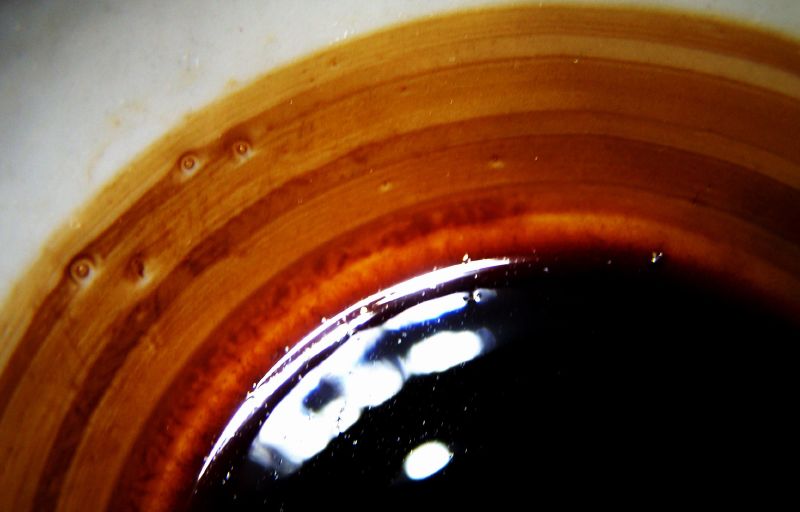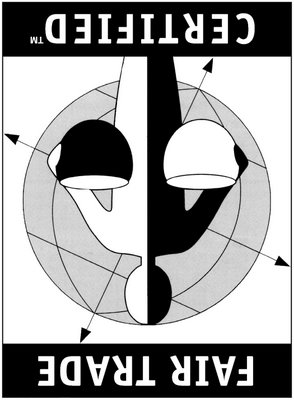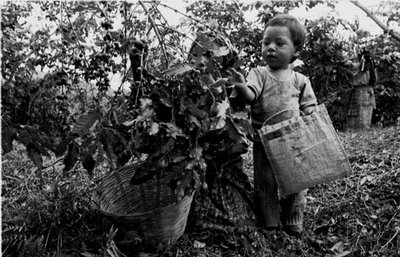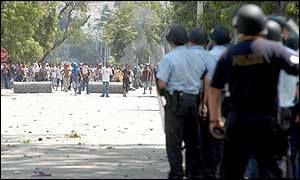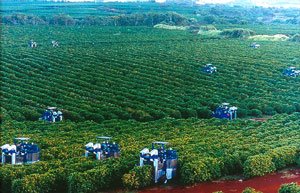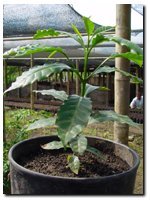

At the recent SCAA Convention, I was really excited to hear about some progressive organic farming techniques being used by coffee farmers around the world. In a class on Coffee Farming lead by Geoff Watts, David LaRoche, and Peter Baker there was some interesting discussion about the use of different types of composting. Coffee farmers are beginning to build experience using alternatives to pesticides and herbicides. Some of the systems being implemented are the use of various proportion of composted material derived from the coffee plant itself called Bokashi.
Growers are realizing that much of the nutrient needs of a plant can be derived from using various proportions of different by-products of the coffee milling process. Pulp, parchment, leaves, anything that comes from the tree can be added back to the soil to maintain the optimum balance of nutrients. The more energy and research done into looking for non-chemical alternatives to plant maintenence the better the results in the cup.
Besides the obvious benefits to the soil, plants, animals, and people of not using pesticides, growers are realizing that the land will provided most if not all of what is necessary to grow the very highest quality coffee...for free. The discovery of ways to improve cup quality without great expense is truly the cutting edge of 'fair trade'. For a farmer to increase the quality of their green through proper farming, milling, and storage techniques without substantial monetary investment is really a huge step forward toward sustainability. This is what organic agriculture is all about.
One of the most interesting and promising of these methods is the use of worms. Using worms to enhance the health of the soil is not a new idea but it has seen limited use in coffee production. It seems that the benefits of using worms to generate nutrient-rich soil and aerate packed earth is beginning to catch on. Worms are used in the earth itself and also in various types of compost to enhance nutrients and to even create 'worm juice', a highly concentrated compost liquid that is like gold for a coffee plant. This is just another example of some of the exciting advances that are now being embraced and appreciated in producing countries.
Check out
this great blog from the Finca Project in Costa Rica where they are actively using worms as a part of their growing operation.
links
one
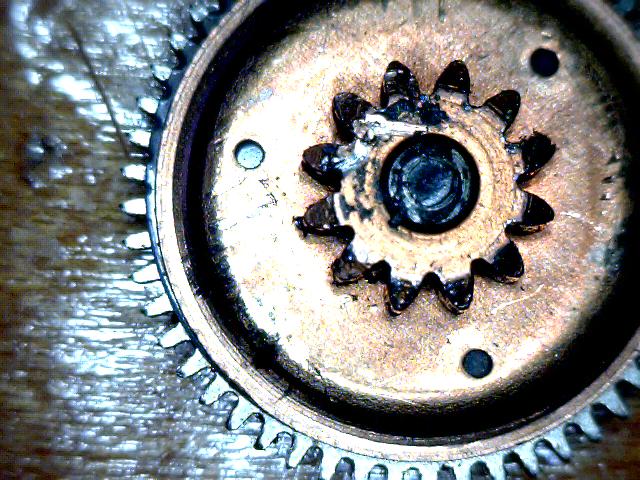 As you may have noticed from my last couple of posts, I've been having a lot of fun lately with a new USB microscope. With the ability to look at coffee (and other stuff I guess) magnified 200 times you really get the sense that you are interacting with coffee in a wholly new way. Being able to zoom in (and in and into) the center cut of a green coffee bean and view the silverskin as though it were huge sheets of gigantic crystals is really amazing for someone who looks at green coffee all day long.
As you may have noticed from my last couple of posts, I've been having a lot of fun lately with a new USB microscope. With the ability to look at coffee (and other stuff I guess) magnified 200 times you really get the sense that you are interacting with coffee in a wholly new way. Being able to zoom in (and in and into) the center cut of a green coffee bean and view the silverskin as though it were huge sheets of gigantic crystals is really amazing for someone who looks at green coffee all day long.
